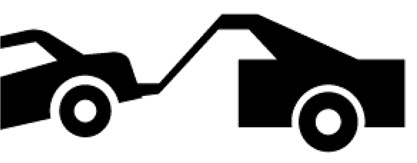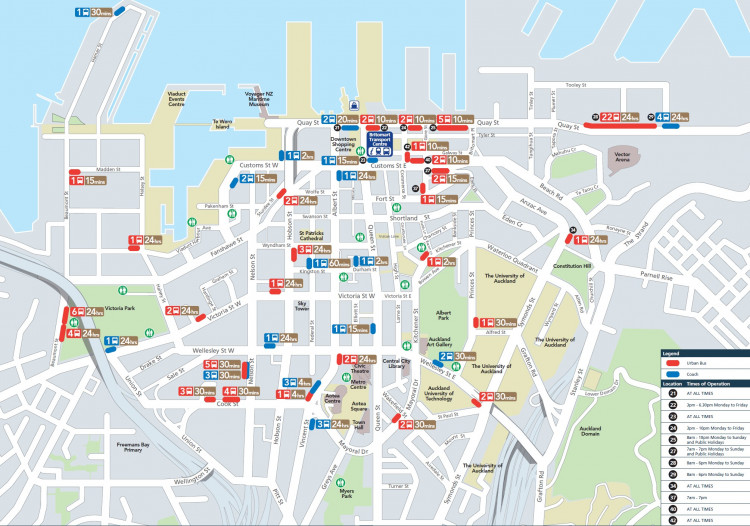Guidance on the maintenance and operations of bus layover and driver facilities so that they continue to meet the needs of bus operations.
Generally, it is the asset owner’s responsibility to clean and maintain bus layover and driver facilities. Where the asset is not owned by the public transport contracting authority or bus operator it is best practice to have an agreement with the asset owner documenting cleaning and maintenance requirements. This is because public transport contracting authorities have close relationships with bus operators who use layovers and driver facilities and can therefore report any issues to the asset owner.
There is the potential for wheel ruts or asphalt deformation to occur at bus layover sites particularly at high stress locations such as turning areas or where buses will be stationary for long periods. It is best practice to provide robust road pavement to reduce the maintenance required for bus layover areas.
It is recommended that pavement design is in accordance with Austroads Guide to Pavement Technology Part 2: Pavement Structural Design and/or NZTA technical advice note 17-01 on asphalt depths at high stress locations.
Austroads Guide to Pavement Technology Part 2: Pavement Structural Design(external link)
For on-street bus layovers, the enforcement of non-compliant vehicles in layover spaces is the responsibility of the road controlling authority. A road controlling authority must install the correct markings and the appropriate signage.
For off-street bus layovers, the enforcement of non-compliant vehicles in layover spaces is the responsibility of the asset owner.
The road controlling authority or asset owner enforcement action may ultimately involve towing non-compliant vehicles parked in layover facilities. Where tow away activity forms part of enforcement this must be appropriately signed and as noted above, the correct signs and marking must be provided in defining the layover space(s).
In each case, monitoring and enforcement of layover spaces should be included within a wider parking monitoring and enforcement programme.

Tow away area sign from Traffic Control Devices Manual.
Details of the marking and signage requirements are documented here:
Traffic Control Devices Manual Part 13 (Parking)
It is best practice to regularly update documentation of bus layover and driver facilities so that this information is readily available to bus drivers. Documentation of bus layover and driver facilities should include the following:
Typically, information on bus layovers and driver facilities is communicated to bus drivers using printed maps or incorporated into driver shift cards. Consideration should be given to communicating information using digital tools such as online maps or in vehicle navigation systems. The advantage of digital tools is that more detailed information can be communicated such as photos of the layover space and real time information on layover space availability.
As an example, Auckland Transport regularly updates its city centre bus/coach parking and toilet facilities map which is produced for bus drivers and is also available online for public use.
 Auckland Transport bus/coach parking and toilet facilities map (Source: Auckland Transport).
Auckland Transport bus/coach parking and toilet facilities map (Source: Auckland Transport).